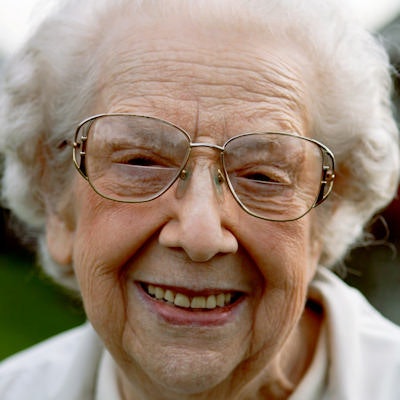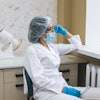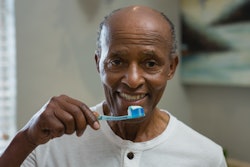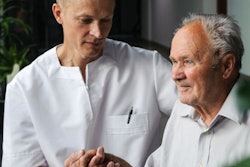
Aging patients who constantly aspirate saliva can swallow microbiota that can contribute to these patients developing pneumonia. A new large study examined how varying oral health conditions contributed to differences in tongue microbiota in these patients.
Researchers collected tongue coatings from more than 500 aging adults. They found that the patients with poor oral health were more at risk for swallowing this harmful microbiota. The study was published on August 15 in the journal mSphere.
"Fewer teeth, poorer dental hygiene, and more dental caries experience are closely related to dysbiotic shift in the tongue microbiota composition, which might be harmful to the respiratory health of elderly adults with swallowing problems," stated study author Yoshihisa Yamashita, PhD, DDS, in a MSphere release. Dr. Yamashita is chairman of the section of preventive and public health dentistry in the division of oral health, growth, and development at the Kyushu University Faculty of Dental Science in Fukuoka, Japan.
Pneumonia and other consequences
When aging patients swallow saliva, tongue microbiota such as Streptococcus salivarius and S. parasanguinis are swallowed with the saliva. As these and other microbiota have been linked to pneumonia and other consequences, reducing the amount of potentially harmful microbiota swallowed may help maintain these patients' oral and overall health. Researchers wanted to discover what was contained in the saliva of these patients and what factors influenced the saliva's composition.
Researchers conducted dental examinations on more than 500 adults ages 70 to 80 in Hisayama, Japan. A coating was collected from a 15-mm-diameter circular area at the center of the patient's tongue dorsum. They used a gene-sequencing approach to determine microbial composition and bacterial density. The five most commonly found bacteria are listed in the table below.
| The 5 predominant bacteria found in the tongue microbiota in aging patients | ||
| Bacteria | Mean relative abundance (%) | Detection rate (%) |
| S. salivarius | 9.5 ± 8.6 | 99.4 |
| Prevotella melaninogenica | 9.2 ± 6.4 | 98.8 |
| Rothia mucilaginosa | 8.8 ± 8.1 | 99.6 |
| Veillonella atypica | 6.0 ± 3.2 | 100 |
| Neisseria flavescens | 5.8 ± 8.3 | 89.9 |
These bacteria were specifically predominant in the microbiota on oral mucosal surfaces, including the tongue dorsum, and were only minor components of the tooth-associated microbiota, the researchers reported.
“Careful attention should be given to the tongue microbiota status in elderly adults with poorer dental conditions.”
"Therefore, there was little doubt that the observed differences occurred in the tongue microbiota itself, rather than from the contamination of dental plaque shed from the teeth," the study authors wrote.
The researchers then compared tongue microbiota statuses with various oral conditions, including the number of remaining teeth, dental hygiene, dental caries experience, active dental caries, gingivitis, periodontitis (mean periodontal pocket depth), and the use of dentures.
"This bacterial group was more predominant in the elderly with fewer teeth, a higher plaque index, and more dental caries-experienced teeth," Dr. Yamashita stated.
Respiratory health
The authors reported no study limitations.
The researchers concluded that the study results implied that the laryngopharynx of the elderly is constantly exposed to potentially harmful bacterial populations.
"Careful attention should be given to the tongue microbiota status in elderly adults with poorer dental conditions," the authors wrote.



















